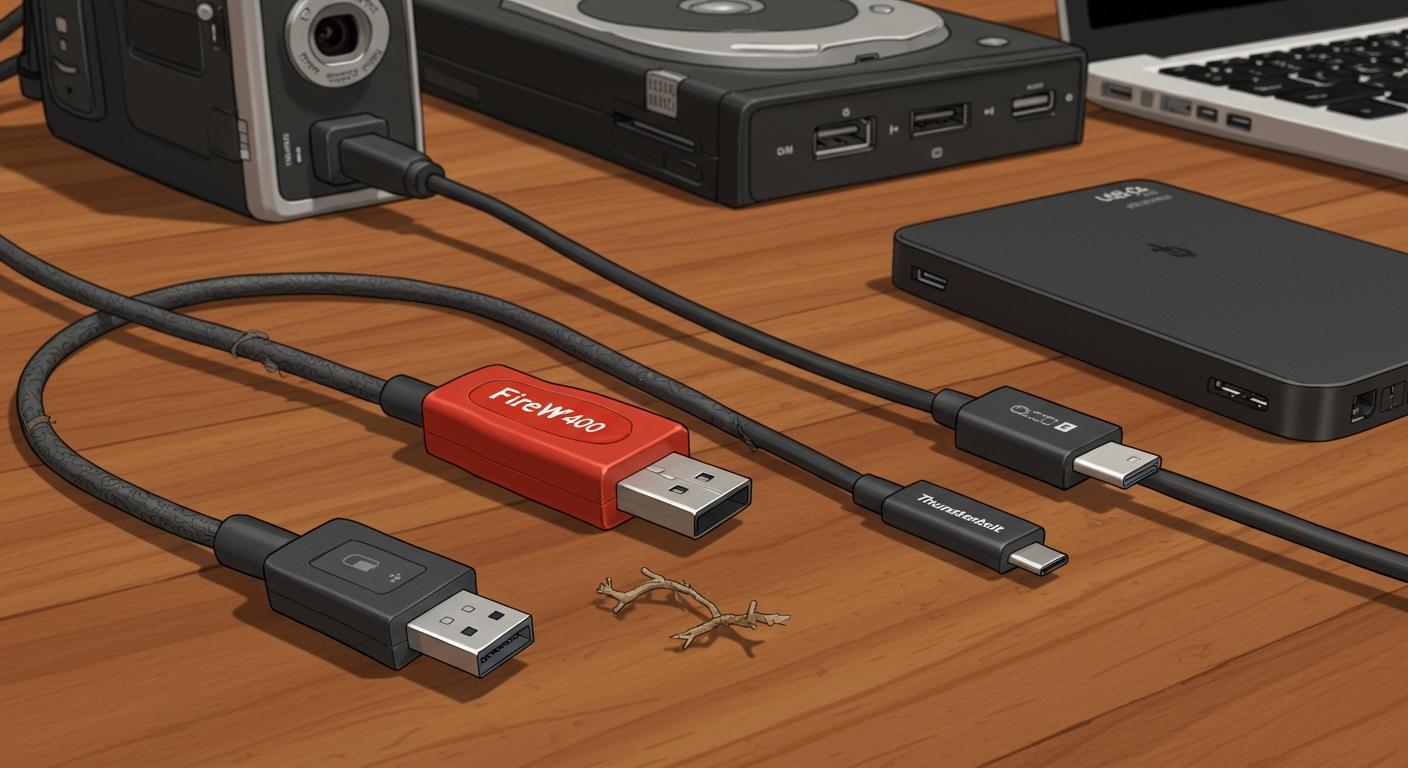

Introduction to Computer Monitor Connection Types
When setting up a computer system, one of the key elements that often gets overlooked is the choice of monitor connection. Understanding computer monitor connection types is essential because the type of connection can impact display quality, refresh rates, and overall performance. With multiple options available, choosing the right one ensures a seamless visual experience whether for gaming, professional work, or general computing.
HDMI Connection
High-Definition Multimedia Interface, or HDMI, is one of the most common computer monitor connection types used today. HDMI is popular because it can transmit both video and audio through a single cable, reducing clutter and simplifying setup. It supports high-definition resolutions and is compatible with most modern monitors and graphics cards. HDMI comes in multiple versions, each offering varying support for resolution and refresh rates, so it is essential to check the specific version for compatibility with your monitor.

DisplayPort Connection
DisplayPort is another significant computer monitor connection types, primarily used for high-performance setups such as gaming or professional design work. DisplayPort supports higher resolutions and refresh rates compared to HDMI, making it ideal for users who need smoother graphics and faster response times. DisplayPort also allows daisy-chaining multiple monitors, which is useful for multi-monitor setups. The versatility and performance of DisplayPort make it a preferred choice among power users and professionals.
DVI Connection
Digital Visual Interface, commonly known as DVI, is one of the older computer monitor connection types. While it may not support the latest high-definition features, DVI still delivers high-quality video signals for many standard monitors. DVI connections come in different formats, including DVI-D for digital signals and DVI-A for analog signals. Understanding the type of DVI connection your monitor supports is crucial to ensure compatibility and optimal performance. DVI is gradually being phased out in favor of HDMI and DisplayPort but remains relevant for legacy systems.
VGA Connection
VGA, or Video Graphics Array, is one of the earliest computer monitor connection types. It transmits analog signals and is widely used in older systems. While VGA cannot support the high resolutions and clarity offered by HDMI or DisplayPort, it remains an option for connecting older monitors and projectors. VGA is known for its simplicity and reliability, but users seeking sharper visuals and higher refresh rates should consider upgrading to a digital connection type.
USB-C and Thunderbolt Connections
In recent years, USB-C and Thunderbolt have emerged as modern computer monitor connection types. These connections offer high-speed data transfer along with video output, allowing a single cable to handle multiple functions. USB-C and Thunderbolt are particularly popular with laptops, as they can also provide power delivery to the device while connecting to an external monitor. The ability to carry video, audio, and power simultaneously makes these connection types highly convenient for mobile and professional users.
Choosing the Right Connection Type
Selecting the appropriate computer monitor connection types depends on several factors, including monitor resolution, refresh rate requirements, and the intended use of the system. For everyday use, HDMI provides an easy and compatible solution. For high-performance gaming or professional applications, DisplayPort offers the best combination of speed and clarity. If working with older equipment, DVI or VGA may still be necessary. USB-C and Thunderbolt are ideal for users seeking modern, streamlined setups, especially for laptops or compact workstations. Knowing the differences between these connection types ensures optimal performance and display quality.
Conclusion
Understanding computer monitor connection types is more than just a technical detail; it is a crucial step in building a reliable and efficient computing setup. From HDMI and DisplayPort to DVI, VGA, and USB-C, each connection type offers unique advantages and limitations. By carefully considering your needs, device compatibility, and the specific capabilities of each connection, you can ensure that your monitor performs at its best. Choosing the right connection type improves both visual experience and system functionality, making it an essential aspect of modern computing.
Follow Us On Facebook For More Information:
https://www.facebook.com/OriginDataGlobalLimited